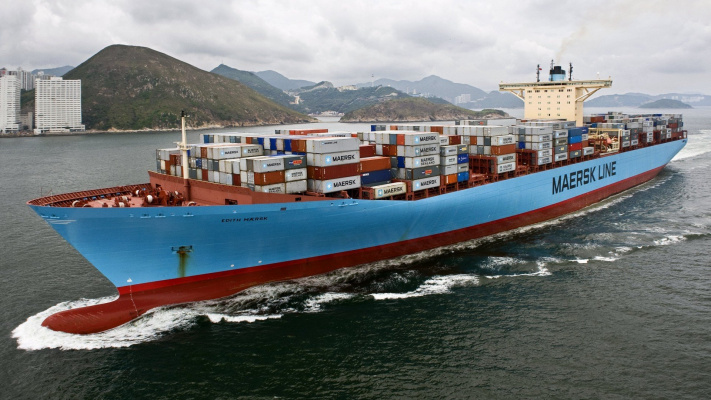Super container ships scare ports and canals

The active construction of ever larger vessels for container transport causes quite expected fears among the port workers.
In the face of severe restrictions due to the Covid-19 pandemic, most of even the largest ports in the world were unable to cope with the container traffic passing through them.
The result was the emergence of giant queues at raids, and penalties for downtime and delays in the first half of 2021, compared to the same period in 2020, almost doubled.
Because of this, according to the estimates of Container xChange experts for the twenty largest ports in the world, since the beginning of this year, the transshipment of one container has risen in price by more than $ 600 on average.
An additional risk factor under the current circumstances is the unavailability of ports to receive and service the super container ships (ULCVs), which are already operating on international multimodal transport lines and continue to leave the stocks.
If the first container ships were specialized vessels converted, mainly from tankers or bulk carriers and were designed to receive no more than 1000 TEU, then over the next 50 years their carrying capacity increased by almost 1500%!
As noted by the leadership of the South African Association of Freight Forwarders (SAAFF), in the last decade alone, this figure has more than doubled. For example, such giants as COSCO Shipping Universe OOCL Hong Kong, Madrid Maersk, with a length of up to 400m, a width of 48-58m and an almost 16-meter draft, can hold 20,000 TEU each. In the coming years, it is expected that the same and even larger vessels will be handed over to customers.
The market is relentlessly demanding more and larger vessels that can accommodate an increasing number of containers - this is the only way shipowners can hope to win the competition for cargo flows. Shipbuilders welcome the increase in the number and value of new high-tech orders, but further rapid replenishment of the fleet of super-container ships promises an additional headache for the ports.
In addition to a significant increase in the mooring front and a corresponding increase in loading and unloading capacities, the reception of such vessels requires the prompt implementation of large-scale dredging works. This means that against the background of the global economy subsiding due to the Covid-19 pandemic, ports will have to look for sources of investment to pay for these expensive operations.

